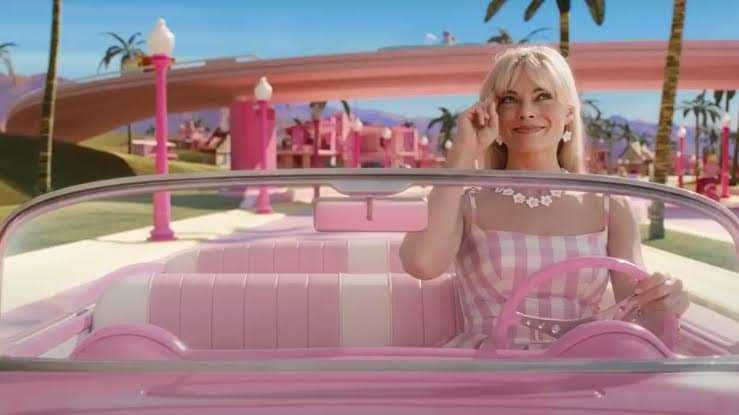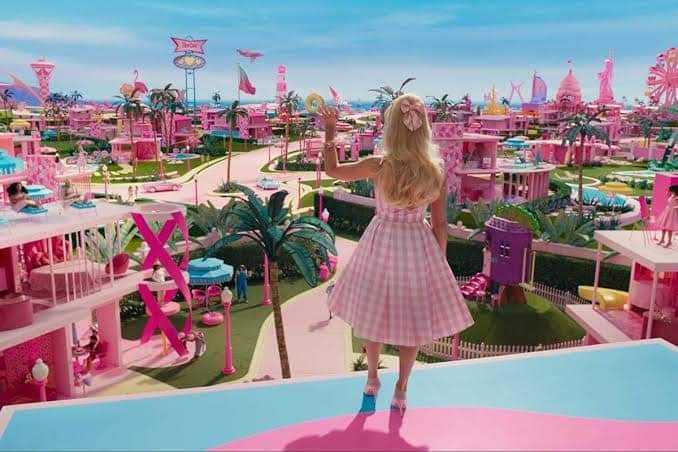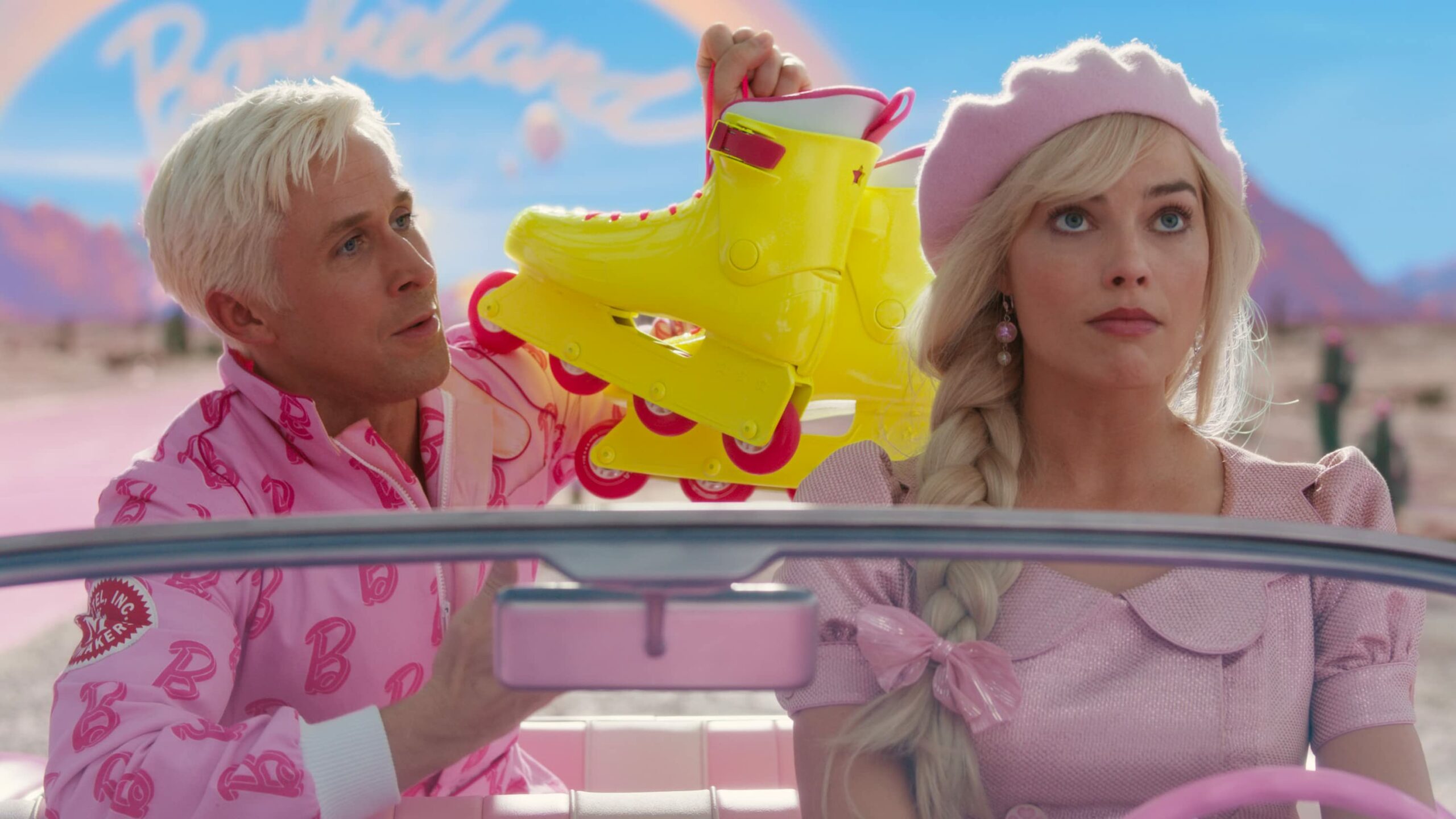Building a legacy of and through foremothers to nurture something akin solidarity, or at the bare minimum empathy, has been a theme in Gerwig’s small but accomplished popular oeuvre (Little Women and Lady Bird). Think of a teenage daughter thanking her complicated mother at the end of Lady Bird when she understands that maybe loving and paying attention are much of the same thing.
When arguably one of the most significant and controversial cultural symbols of the last century – the Barbie doll – comes into the hands of Greta Gerwig, you expect questions of agency, femininity, belonging, and solidarity to tie with the burden of legacy.
Imagine Amy in Little Women schooling an ignorant Laurie on how marriage within their socio-political context is an integral economic proposition for women and women who marry cannot be belittled for choosing that mode of social mobility. So, when arguably one of the most significant and controversial cultural symbols of the last century – the Barbie doll – comes into the hands of Greta Gerwig, you expect questions of agency, femininity, belonging, and solidarity to tie with the burden of legacy.
The pink, the glamour, and the beaching silliness come together to deal with these uncomfortable but necessary questions. But it is like the Myth of Creation unbecoming into nothingness – I was mildly entertained and never intellectually invested in it at all.
Barbie and the myth of genesis
The film begins with a sequence on how Barbie brought a cultural shift to the world of dolls and, by extension, young girls. Gerwig envisioned Barbie and Ken through the Biblical Genesis Myth, so it makes sense that this is the opening shot of the film, then taking us to the wondrous Barbieland where Barbies of multiple ethnicities, professions, and body shapes live in harmony and occupy positions of power while all the Kens lead lives of blonde fragility and beach off. This is supposed to be in contradiction to the Real World, where men (and horses) control finance, labour, law enforcement, and culture in their phallus-shaped towers.

When Stereotypical Barbie, played by a terrific Margot Robbie, starts contemplating death, finds cellulite, and suffers from flat feet as opposed to her perfectly arched tiptoes, she must eat from the fruit of knowledge and travel to the real world to fix her deteriorating existence. She must find her human and heal her sadness to be happy and “perfectly perfect” again – forever and ever and ever. Ken, embodied by Ryan Gosling who was born to play this role in this exact manner, accompanies her on this adventure with his rollerblades. It is a role reversal from Genesis.
The joy of its performances
I wanted to root for it because stories told by women about womanhood and a simplistic introduction to the complexity of feminism and patriarchy need to exist as entertainment, in a counter to stories that are rooted in stereotypes or the misery of oppression. Entertainment is, after all, why we go to the movies.
Barbie does try to entertain with glorious moments of joy that will live rent-free in the audience’s mind. Ryan Gosling and Simu Liu are remarkable in their beach-off of a war, and Gosling’s rendition of “I’m just Ken” as he is reminded that his coming-of-age is exclusive to Barbie’s — these are iconic sequences performed with pitch perfection.
Barbie does try to entertain with glorious moments of joy that will live rent-free in the audience’s mind. Ryan Gosling and Simu Liu are remarkable in their beach-off of a war, and Gosling’s rendition of “I’m just Ken” as he is reminded that his coming-of-age is exclusive to Barbie’s — these are iconic sequences performed with pitch perfection.

There is also a joy of anticipation in the final scene where you wonder where Barbie will venture with her new-found liberation. Gosling was born to play Ken and Robbie warms your heart by bringing the plastic doll’s tribulations and anxieties to life with her performance. And in its limited way that can be critiqued for consumerist embedding itself, the film sees and critiques Barbie as a consumerist symbol which gave women flawed body goals.
This Barbie wants to be everything
Just like the Barbie doll, Barbie wants to do and be an overwhelming lot of things, feelings, and ideologies, all at once. From the frail and aching wonderment of humanhood to the vision of the feminist movement’s fundamental tenets, from the critique of consumerism to a heartwarming ball of mush, it wants to girlboss its way through meaning-making.
However, the poor pacing, lack of engagement with the characters, and the packed psyche of the film get to you in a way that zones you out of the screen. Acts feel rushed and characters remain disconnected from you. Kate McKinnon’s excellent Weird Barbie or America Ferrera’s Gloria and her relationship with her teenage daughter Sasha (Ariana Greenblatt) should have been explored better. We don’t know why weirdness in this world is associated with Birkenstocks, that is, the lesbian sandals and the film is not interested in addressing the world or its patriarchal violence beyond the binaries of men and women.

Mother-daughter bonds have been a bedrock of why so many women go back to Gerwig’s films, but the unnamed or poorly manufactured conflict between Sasha and Gloria needed more depth for us to care about it.
And that’s a core flaw — for a movie about something deeply personal to young girls, the Barbie doll, the movie fails to connect on an intimate level. Ferrera’s monologue at the end is well-executed but it comes across as a social media post which almost gets to the point of womanhood, but cannot scratch the surface to explore its complex vulnerability. That’s perhaps because of the expository language of the film’s narrative, telling you everything in plain terms instead of mastering the ‘show-not-tell’ method.
However, when the film makes Barbie apologise to Ken (who has seized her agency and power), it fails its own expository logic. I could neither comprehend nor be satisfied by that apology, which was never owed. If the point is allyship, then for a film that spells ‘B for Barbie,’ the point never made it through literally or figuratively.
It makes sense in the context of the film because Robbie’s Barbie and Gosling’s Ken are really just encountering these complexities for the very first time, almost childlike in their first confrontation with the violence and wonderment of humanity. However, when the film makes Barbie apologise to Ken (who has seized her agency and power), it fails its own expository logic. I could neither comprehend nor be satisfied by that apology, which was never owed. If the point is allyship, then for a film that spells ‘B for Barbie,’ the point never made it through literally or figuratively.

Gerwig excels with characterisation and the substitution of the same with abstract ideology fails to land in Barbie. Gloria suggests at the end that maybe there should be an Ordinary Barbie who watches Pride and Prejudice reruns on BBC in her sweatpants, and that’s the movie Gerwig could have perhaps aced sharing with us.
But in this mess of ideas, with its breathtaking and finely-designed colourful world by production designer Sarah Greenwood and set decorator Katie Spencer, no emotion or idea strong enough to hold on to and revisit on a day when I have my own existential crisis.





Finally a sane review of Barbie.